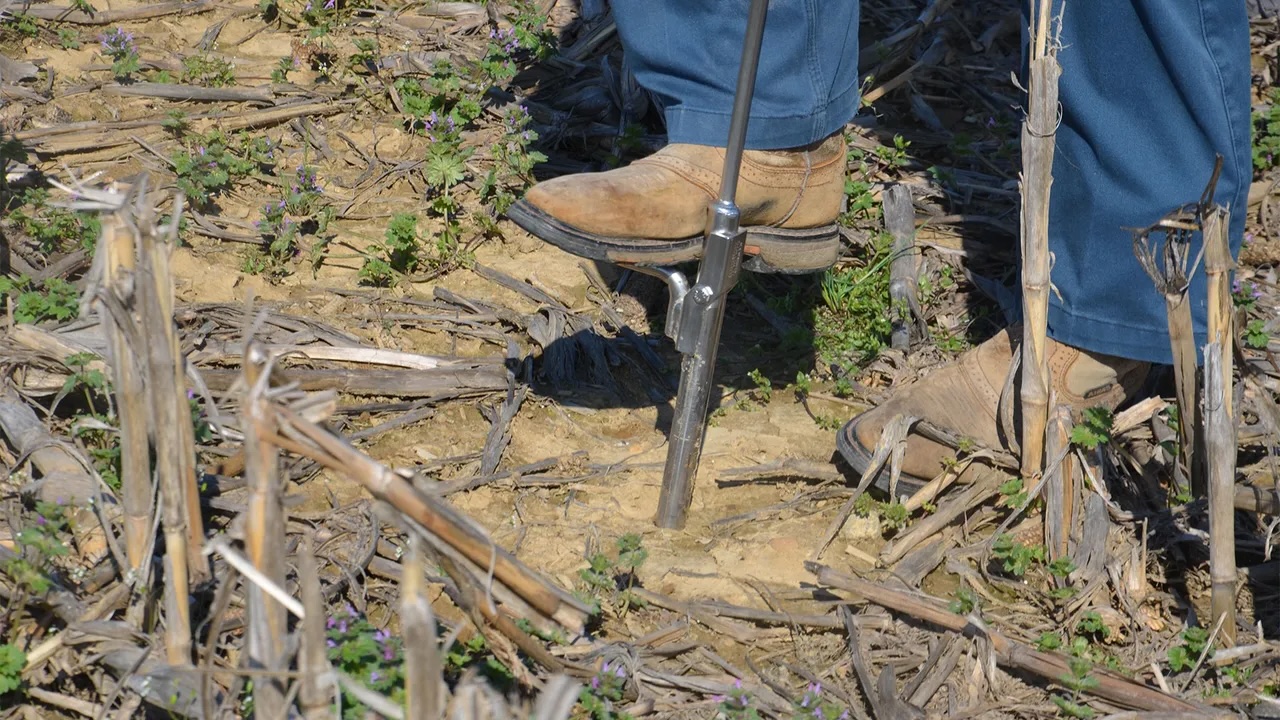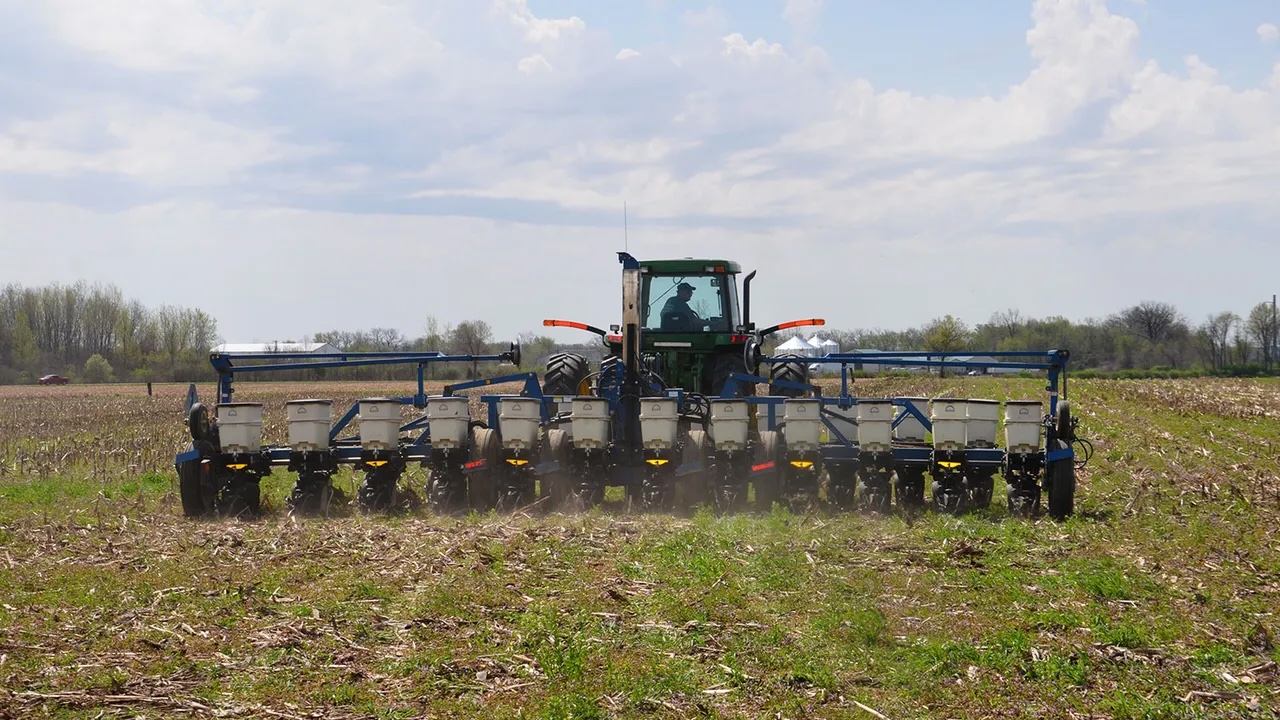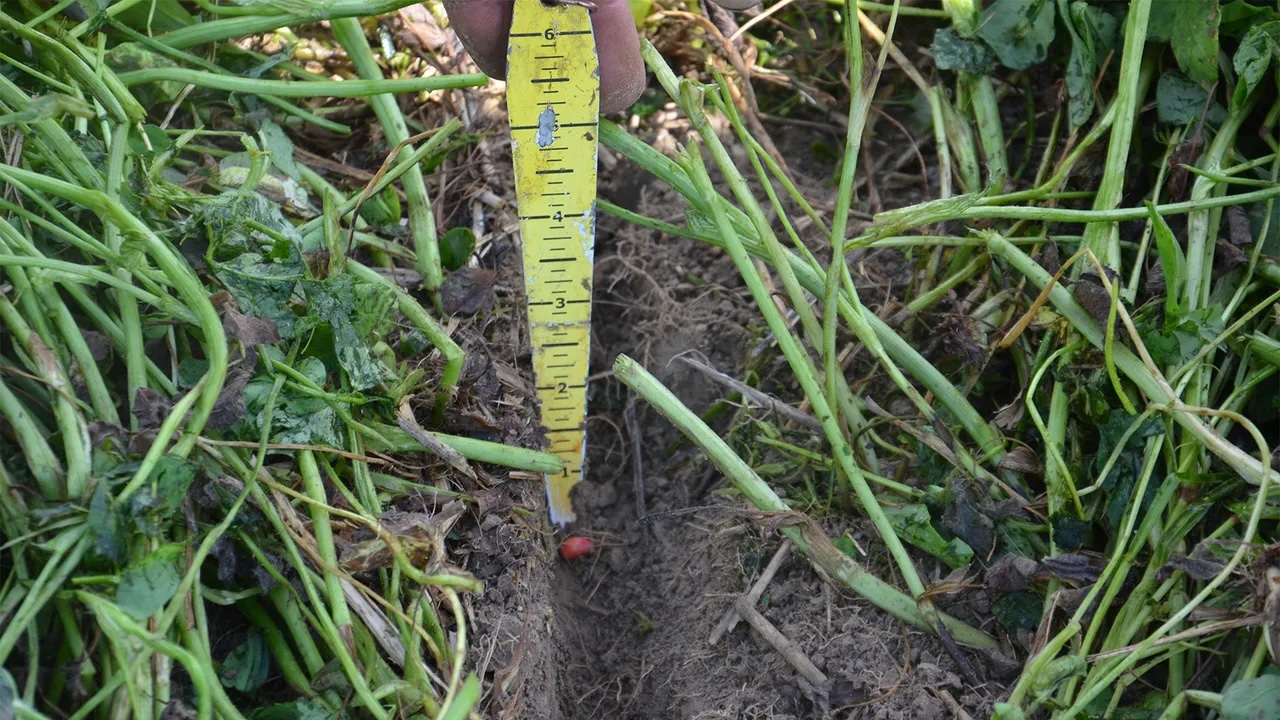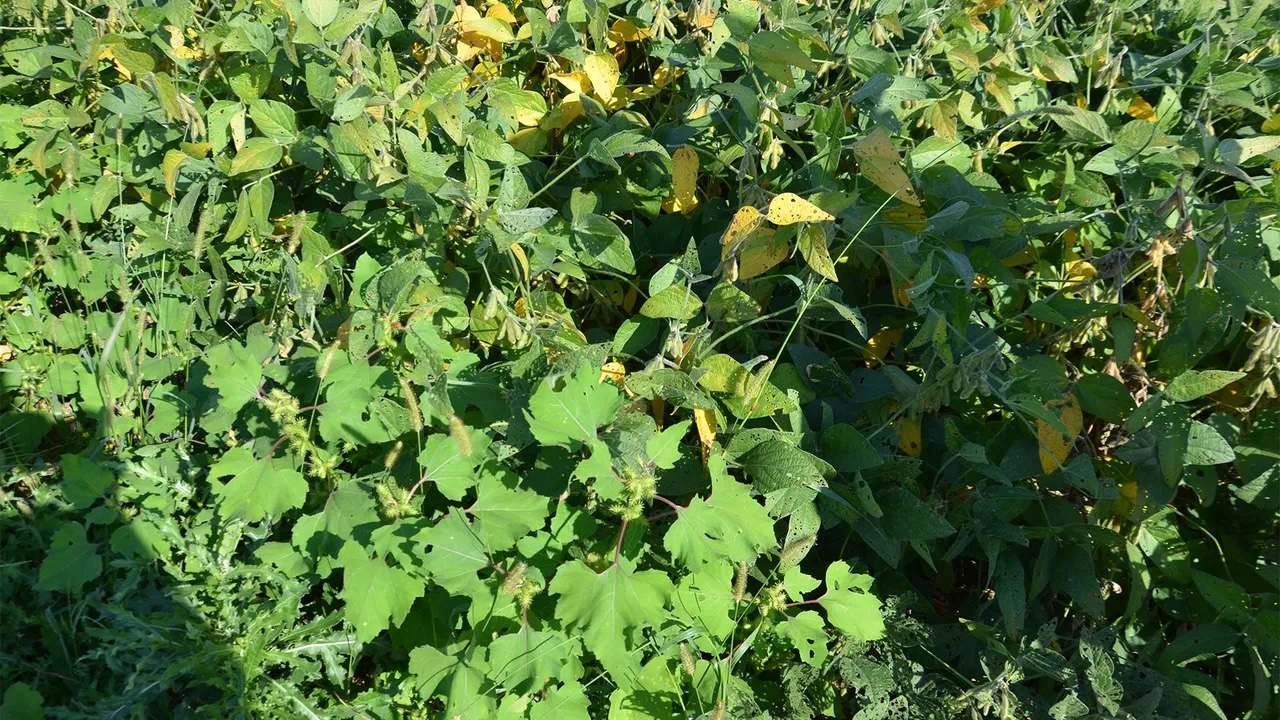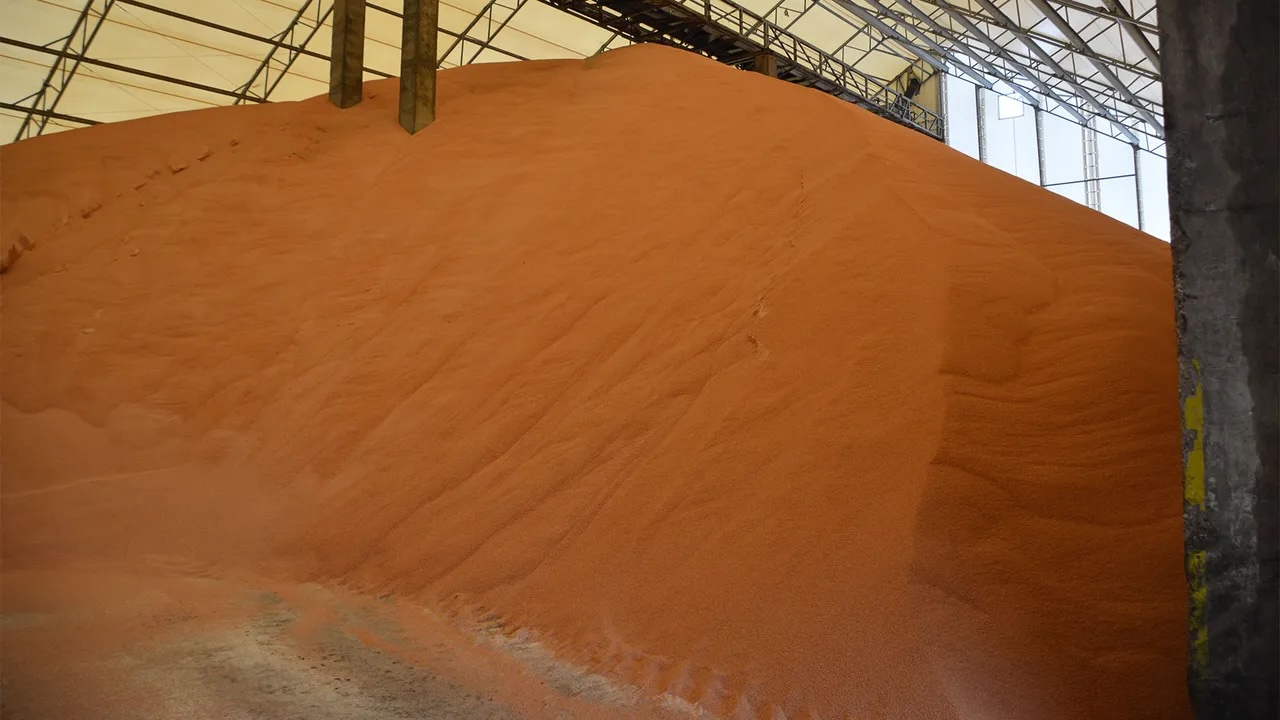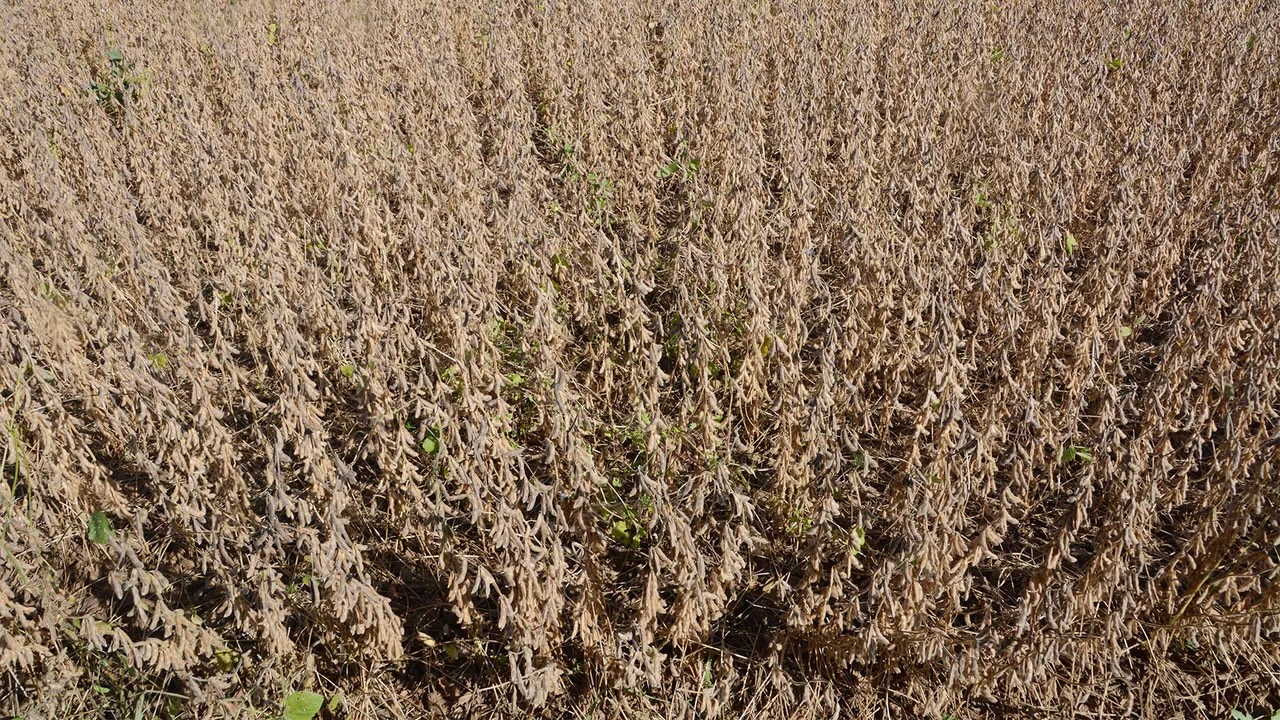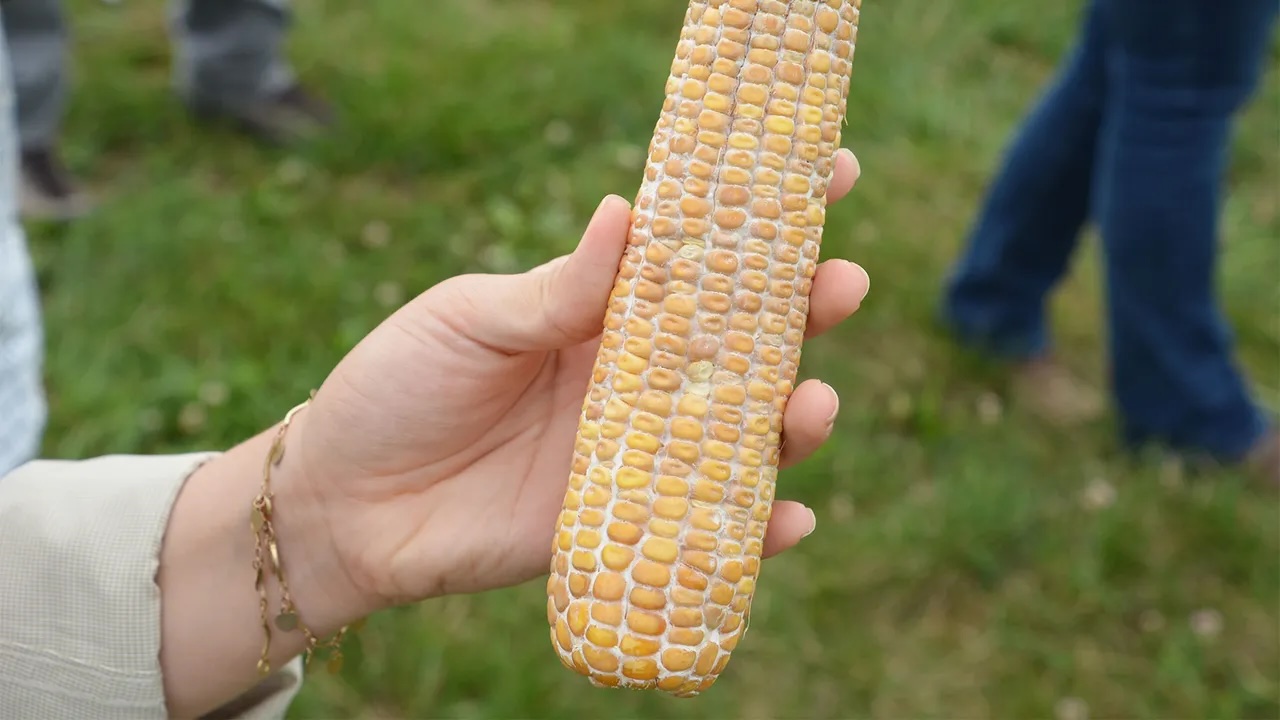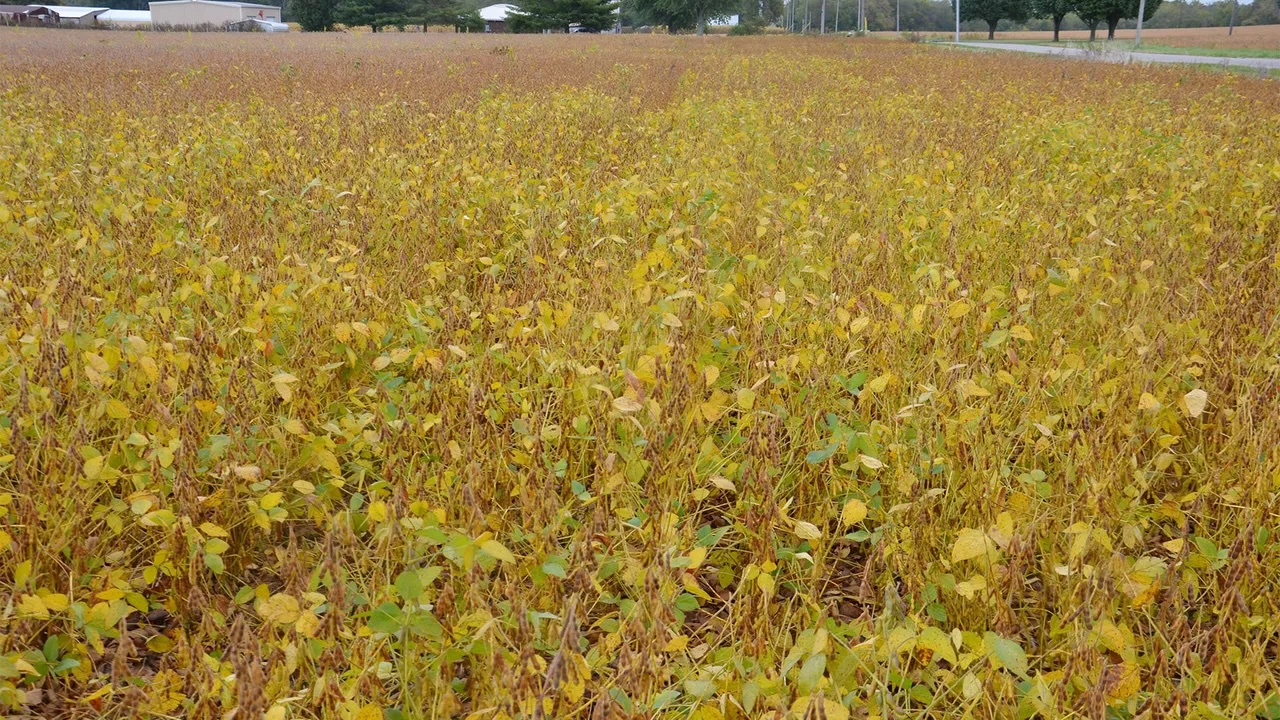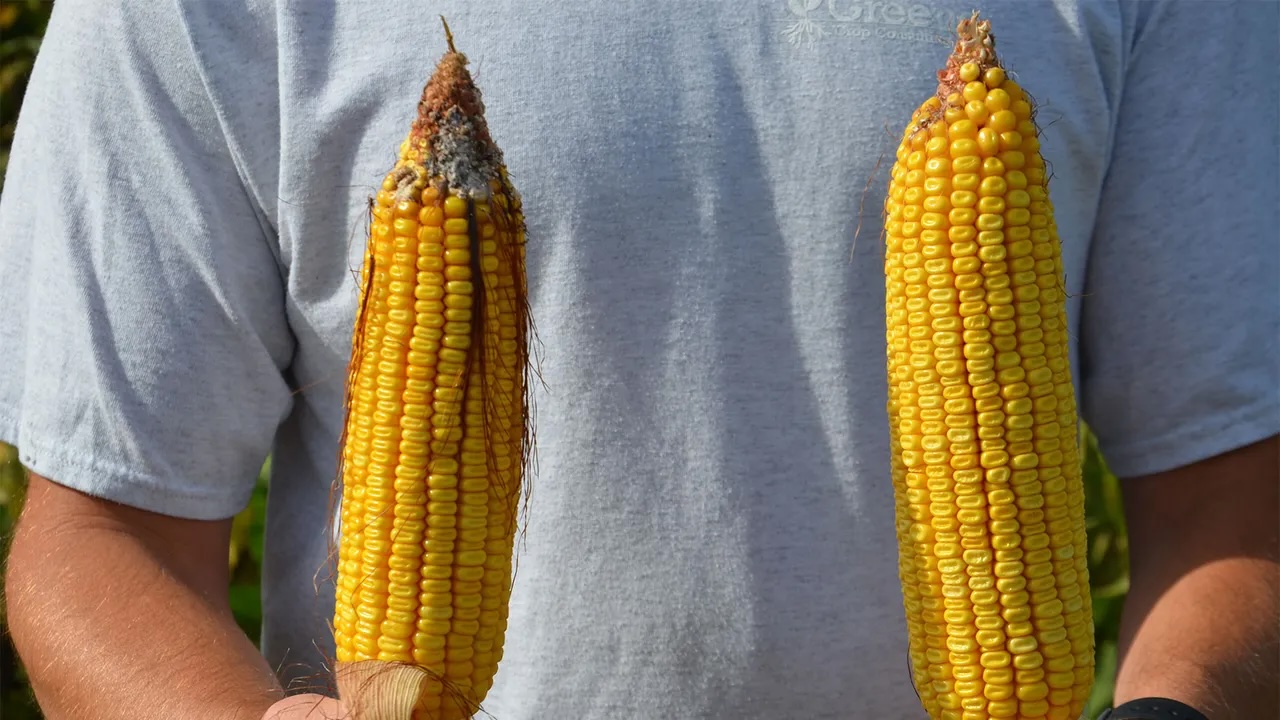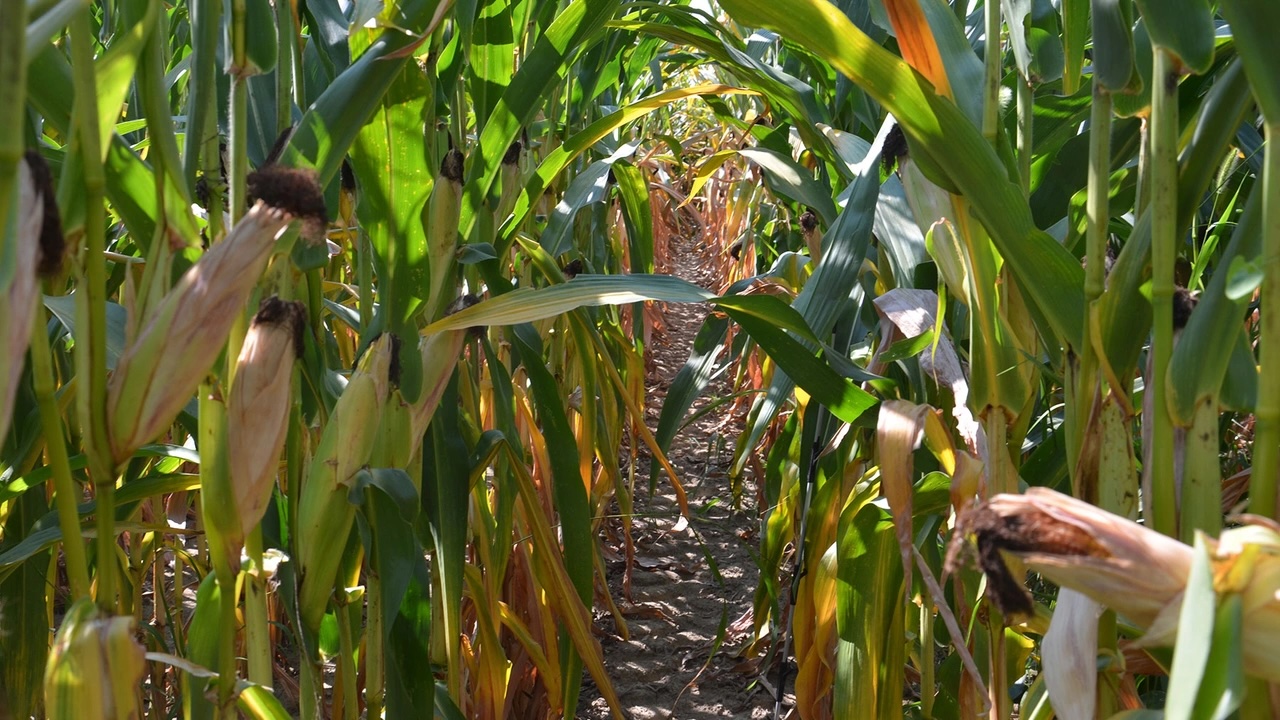Don’t plant wet just to plant early
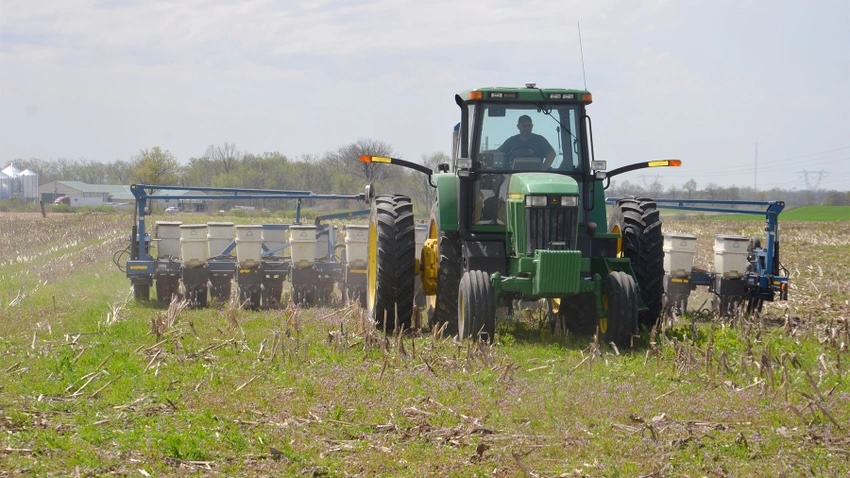
Everybody says early planting is important for soybean yields. How much can we sacrifice in terms of soil moisture condition and cooler temperatures to get beans planted by May 1?
The Indiana certified crop adviser panel answering this question includes Gene Flaningam, crops consultant, Vincennes; Carl Joern, Pioneer field agronomist, northeast Indiana; and Greg Kneubuhler, agronomist, G&K Concepts Inc., Harlan.
Flaningam: On-farm and research trials have proven over time that early-planted soybeans have a consistent yield advantage. Early-planted soybeans will node closer together and have more nodes per plant, thus producing more seeds per plant. It is still very important to have optimal soil moisture conditions when planting. Planting soybeans into wet conditions can limit root development late in the growing season.
Cool soil temperatures seem to have little effect on early-planted soybeans. I have seen fields take three weeks to emerge and still make sufficient final stands. Every pathogen takes the right soil temperature or amount of soil moisture to develop. Keep this in mind when selecting soybean seed treatments.
Always use good farming techniques when planting. Remember, “an ounce of prevention is worth a pound of cure.”
Joern: Indiana farmers have rapidly adopted earlier soybean planting over the last five years. The ability of soybeans to adapt branching when there are gaps in a stand should give you peace of mind when going to the field. Gaps in stand and uneven emergence in corn will appreciably lower yield potential. For this reason, soybeans are more forgiving when it comes to field conditions. However, let common sense prevail.
One should err on the side of caution if soil conditions are too wet. This far outweighs the risk one takes compared to soil temperatures being too cool. Keep an eye on the forecast. Look for a warming trend while trying to avoid a cold rain saturating a newly planted field within the first 48 hours. Unsure if the upcoming planting window is right for you? Ask a CCA.
If you’re planting “early” for your area, use a seed treatment with enduring protection against early-season pests and diseases. Cooler soil temperatures will delay emergence, and growers will rely more heavily on their seed treatment investment. Soybeans are no longer playing second fiddle to corn at planting, with good reason.
Kneubuhler: Early soybean planting data certainly supports planting early vs. late. The trade-off traditionally comes down to planting conditions early in the season. My recommendation is to always plant when soil conditions are fit and not plant in wet conditions just to plant early. With today’s technology in seed treatments, cooler temperatures don’t bother me like they once did. We can handle cool conditions much better today. If soil conditions are fit and the forecast is not calling for heavy rains, I have no problem planting early.
Early planting offers the opportunity to capture more sunlight and increase nodes per plant — two critical yield components. Also, with free replant seed, there is more to gain by planting early and less to lose. Generally, these benefits outweigh waiting to plant until May. However, this assumes ground conditions are suitable for planting early.


